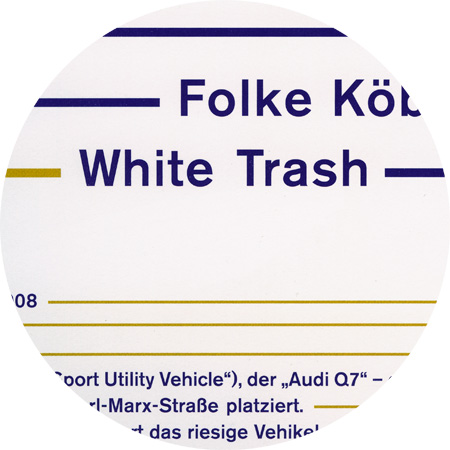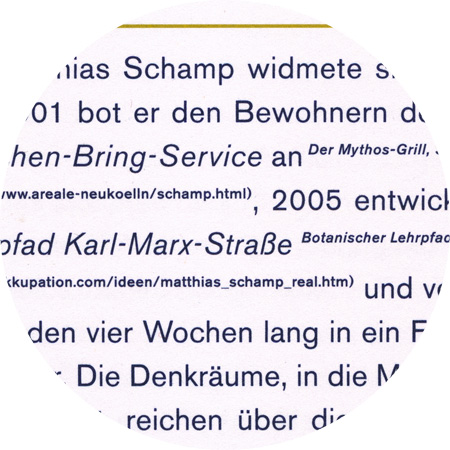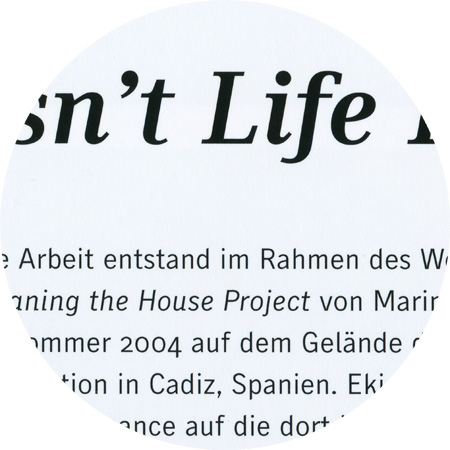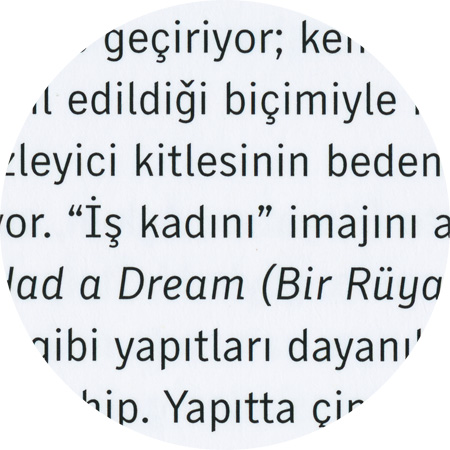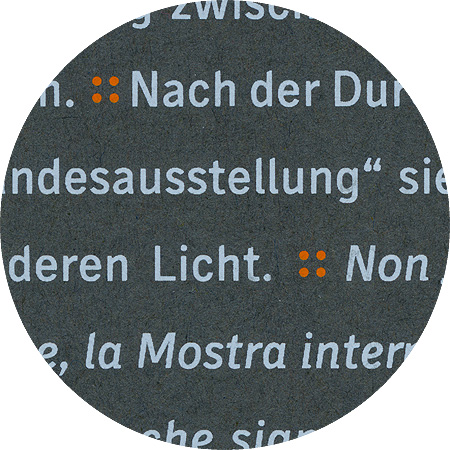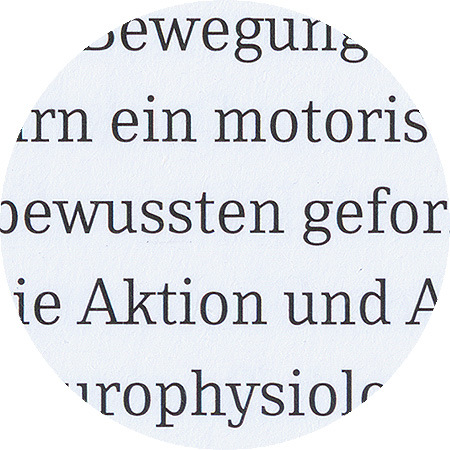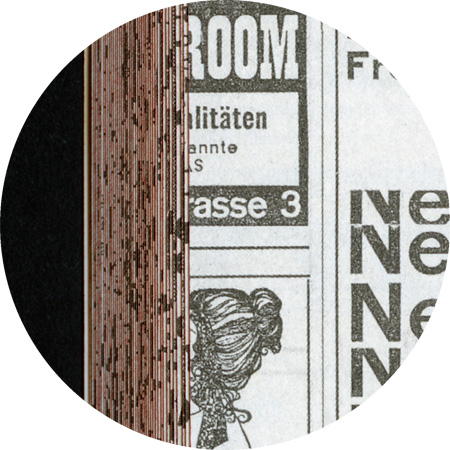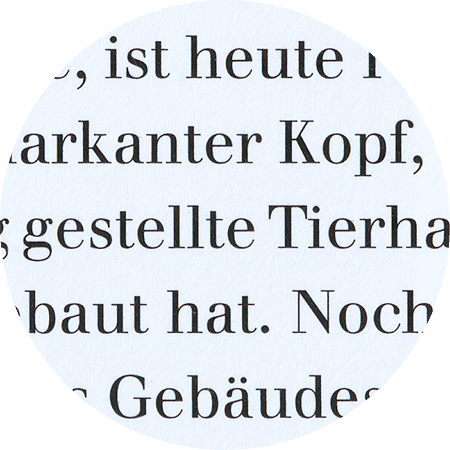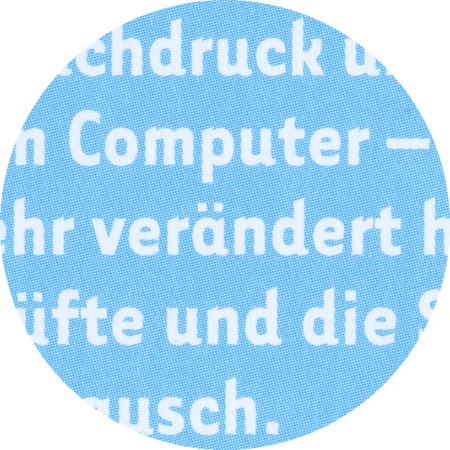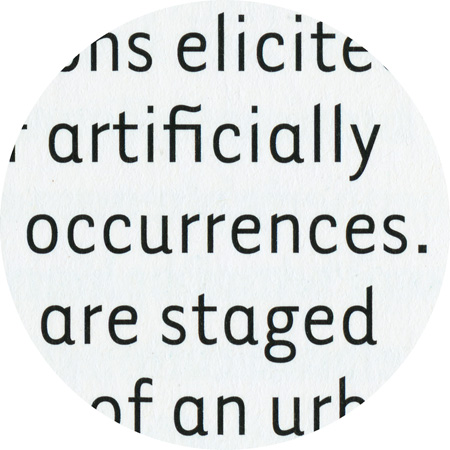December 12th, 2009
Akzidenz Grotesk
“Accidenz” (sic) Grotesk was released by Berthold in Berlin in 1898, according to their own literature. It was obviously based on faces already offered by other foundries, some of which were later taken over by Berthold. One of the contemporaries of AG was Royal Grotesk from Theinhardt. In Berthold's specimen booklet no. 429, which was most likely released in 1954, Akzidenz Grotesk Mager (light) was still referred to as Royal Grotesk, in brackets. Berthold acquired a typeface in 1908, (when they bought Ferd. Theinhardt) which they released as space–thinks

